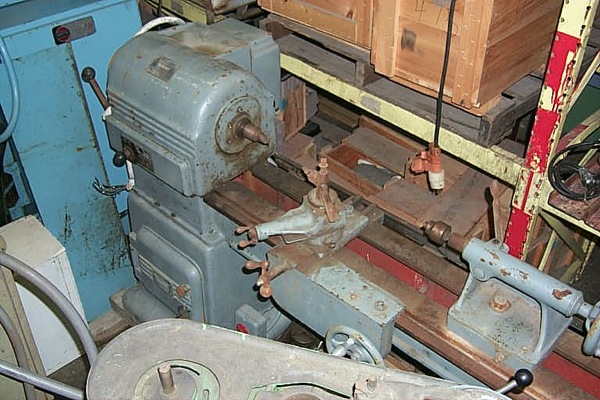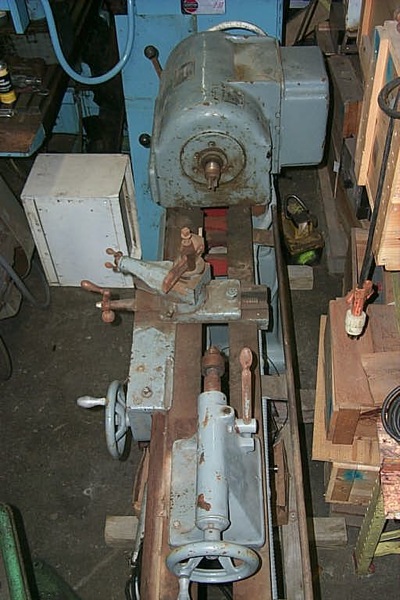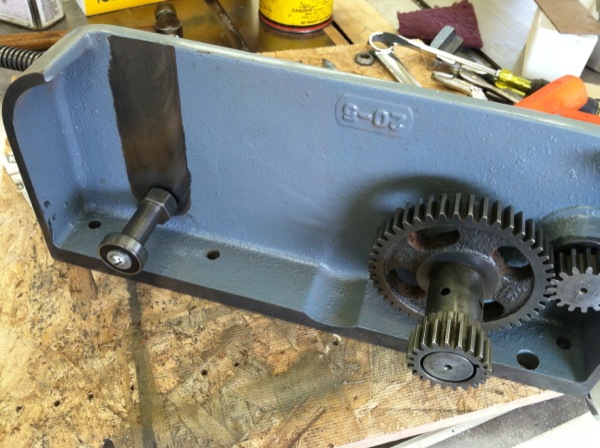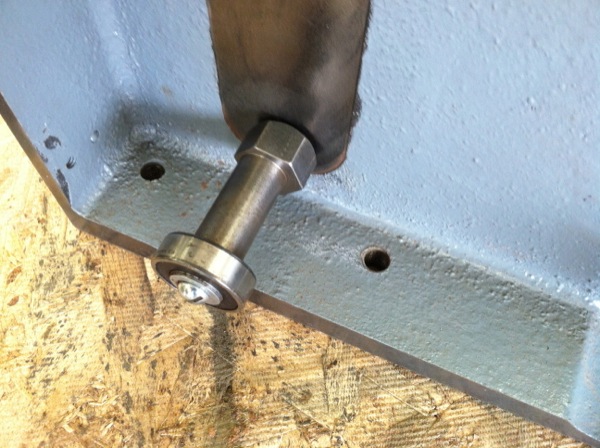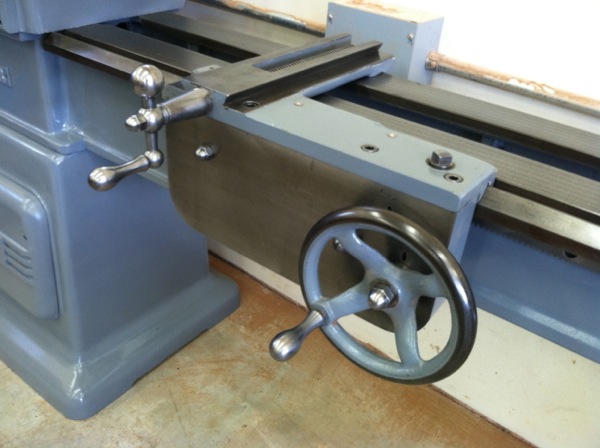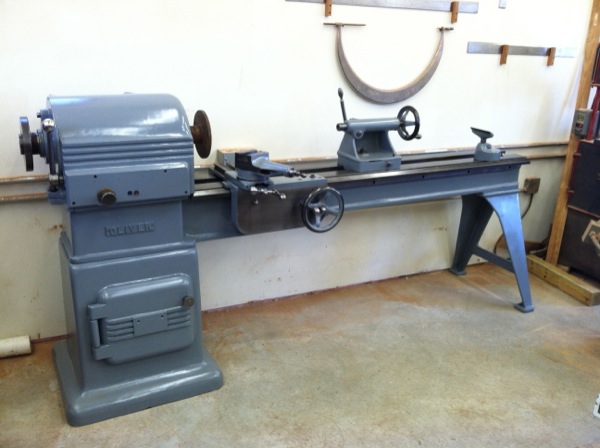Wasting no time, today was the day. A nice clear spring day with lesser weather predicted for later in the week. There was no turning back.
I decided to spray outside as this would have been awkward in my spray room. First step was masking all the machined components. I put the bed up on sawhorses and used green tape to mask.

I covered the slab with black plastic and pulled all the other elements out.

Then I was fast and furious into the paint. I sprayed Rustoleum that I thinned with acetone. I would have used the sherwin williams paint that I used on the tannewitz had I not started painting the lathe years ago with Rustoleum. Here is the upside-down bed and the front with the deluxe bondo treatment

For comparison, here is the back that had virtually no bondo. No regrets, this project had to end sometime, but man that is a rough casting. Truthfully, it looked less intense once it was out of the bright sun, this is as bad as it gets!

The headstock

Paint everywhere. I sprayed the outboard stand laying down to get the underside. I stood it up afterwards and finished it off. It looks a bit rough as well, but nothing like the back of the lathe. Forwards!

Inside for the night. Patience is a virtue. I need to wait before assembling. I need to wait before assembling. I need to wait.....

Here's the bed. I have already stripped some of the tape. I used bolts in the attachment holes as handles to guide the dolly into and around the studio.

That's it for today. I am relieved to be done with the painting parts of this. I'm definitely excited to have my lathe back. It has been so long. I was thinking that the purchase of this machine probably predates my digital life. I am not sure I owned a digital camera back then. I am really going to have to dig to find a proper before picture.








































